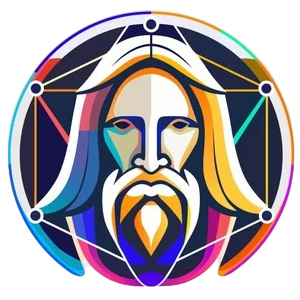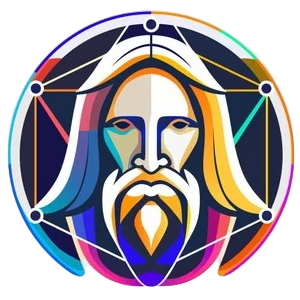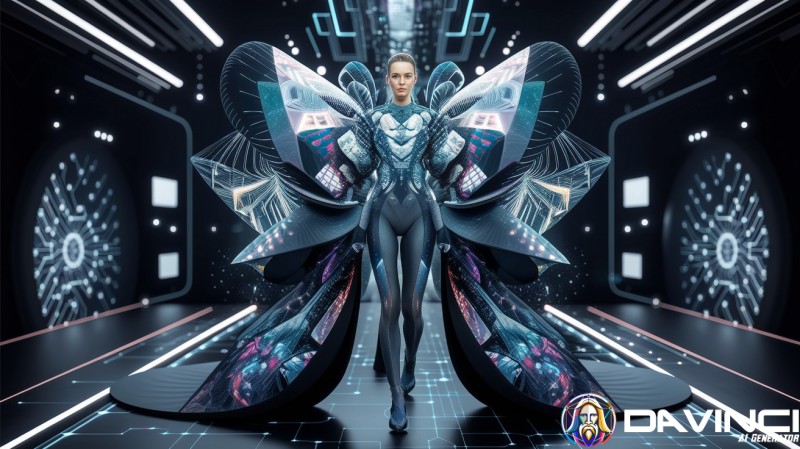The fashion industry is undergoing a digital renaissance, driven by the transformative power of AI image generators. These innovative tools are not just a trend; they're fundamentally changing how fashion is conceived, designed, produced, and marketed. From rapid prototyping to virtual fashion shows and sustainable practices, AI is reshaping the entire fashion landscape. This article explores the key ways AI image generators are impacting the industry.
1. Rapid Concept Visualization and Design Prototyping:
AI image generators empower fashion designers to visualize concepts rapidly, translating text descriptions or initial sketches into detailed visuals in a fraction of the time compared to traditional methods.
- From Text to Textile: Designers can input text prompts describing garments, styles, or even specific fabrics, and AI can generate realistic renderings of those concepts.
- Exploring Variations and Iterations: AI allows for quick exploration of different colors, patterns, silhouettes, and design elements, facilitating rapid iteration and refinement of ideas.
- Mood Board Generation: AI can create visual mood boards based on themes or keywords, providing designers with inspiration and a starting point for their collections.
- Example: A designer could input "a flowing silk dress with floral patterns in pastel colors, inspired by Art Nouveau," and the AI would generate several variations of that dress, allowing the designer to quickly assess different options.
2. Creating Unique and Personalized Clothing Designs:
AI's ability to analyze vast datasets of fashion trends, historical designs, and textile properties opens up exciting possibilities for creating custom clothing with unique patterns and textures.
- Generating Novel Patterns and Textures: AI algorithms can create never-before-seen patterns, textures, and fabric simulations, providing designers with a vast library of unique design elements.
- Personalized Designs Based on Consumer Data: AI can analyze customer preferences and generate personalized designs tailored to individual tastes or specific market segments.
- Example: A brand could use AI to create limited-edition clothing lines with patterns generated based on user input or trending social media aesthetics.
3. Transforming Fashion Shows with Virtual Runways and 3D Modeling:
AI is revolutionizing how fashion shows are presented, offering cost-effective and innovative alternatives to traditional physical shows.
- Virtual Models and Garment Simulation: AI-generated models can "wear" digital clothing, creating realistic simulations of fashion shows that can be streamed online or used for marketing purposes.
- Virtual Environments and Backdrops: AI can generate virtual runways and backdrops, allowing designers to showcase their collections in any setting imaginable, from futuristic cityscapes to natural landscapes.
- Enhanced Accessibility and Reach: Virtual fashion shows increase accessibility for a global audience, eliminating the limitations of physical location and capacity.
- Example: A designer could showcase their collection in a virtual environment inspired by the moon, creating a visually stunning and immersive experience for viewers worldwide.
4. Driving Sustainable Design Practices and Reducing Waste:
AI can contribute to more sustainable practices in the fashion industry by optimizing design and production processes.
- Predictive Analytics for Trend Forecasting: AI can analyze social media trends, sales data, and other information to predict future fashion trends, allowing brands to produce clothing that aligns with consumer demand and reduces overproduction.
- On-Demand Production and Reduced Waste: AI can facilitate on-demand manufacturing by creating precise digital patterns and cutting layouts, minimizing fabric waste and reducing the environmental impact of the fashion industry.
- Example: AI can analyze fabric usage in designs and suggest adjustments to minimize waste during the cutting process.
5. Enhancing the Customer Experience with Virtual Try-On and Personalization:
AI-powered virtual try-on experiences are becoming increasingly popular, allowing customers to "try on" clothes virtually before making a purchase.
- Personalized Recommendations: AI can analyze customer data to offer personalized clothing recommendations based on their style preferences, body type, and past purchases.
Conclusion: The Future of Fashion is AI-Powered:
AI image generators are not just a passing fad; they represent a fundamental shift in the fashion industry. By streamlining workflows, enabling innovative designs, promoting sustainability, and enhancing the customer experience, AI is empowering designers and brands to create the future of fashion. The most successful fashion businesses will be those that embrace this technology and integrate it strategically into their operations.
Resources:




